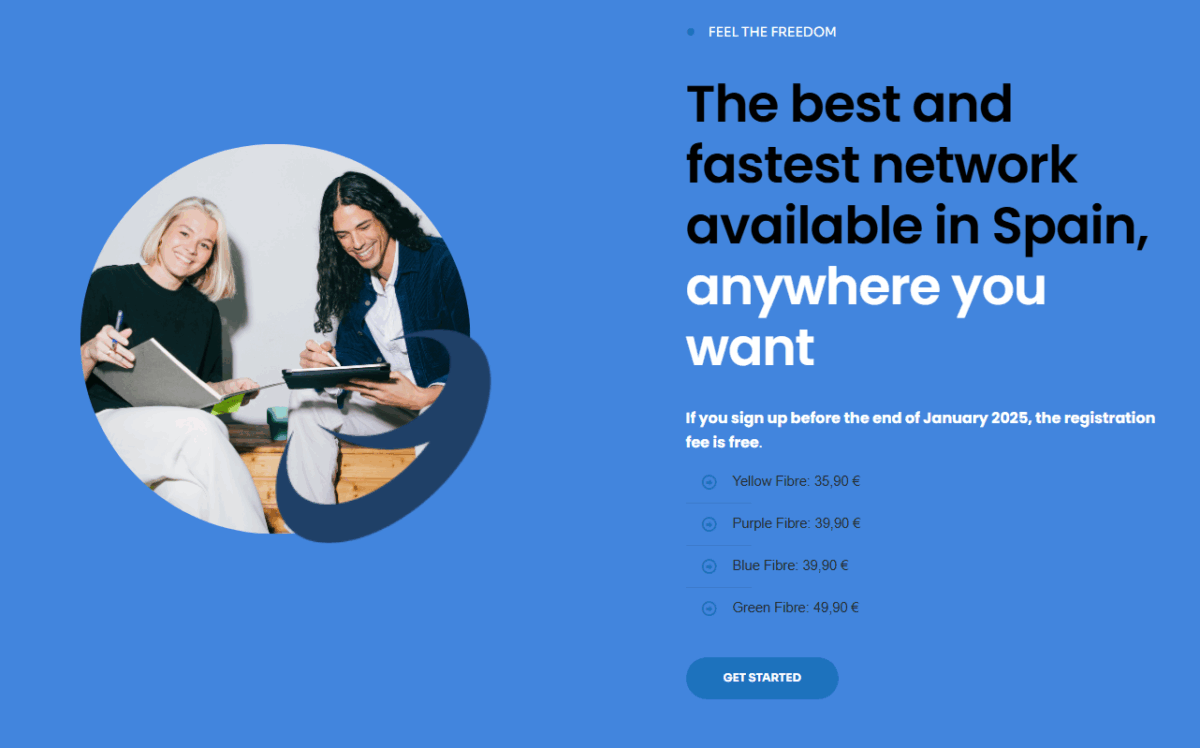
Data Roaming on iPhone: A Complete Guide for Mobile Users
junio 26, 2025The concept of a digital nomad—a person who works remotely while traveling—has evolved from niche aspiration to mainstream lifestyle. Powered by technology, this flexible way of living appeals to professionals who want to blend work, adventure, and personal growth. Across the globe, growing numbers are embracing this trend, shaping the future of work and travel.
What it means to be a digital nomad
A digital nomad uses laptops, smartphones, and reliable internet to work from anywhere—from bustling cafés to tranquil beaches . Jobs often include content creation, software development, marketing, or consulting. Many report that location independence boosts productivity and quality of life. For instance, a 2021 study found remote flexibility increased output by an average of 4.4% (en.wikipedia.org).
Global traction: digital nomad visas & diversity
Today, 56 countries offer tailored digital nomad visas—Europe and Southeast Asia are hotspots (aviationa2z.com). In Europe, Portugal, Spain, Greece, and Estonia remain top destinations. A May 2025 Maldives report highlights rising popularity across coastal and urban hubs .
A major 2025 update: Slovenia’s one-year digital nomad visa launches on November 21. It welcomes non‑EU/EEA remote workers, allowing family inclusion—though local employment is restricted (travelobiz.com). Meanwhile, the Philippines and New Zealand recently introduced their own nomad-friendly policies .
Community feedback: voices from the road
Online forums reveal the highs and challenges of nomad life:
“I used an eSIM for data and roaming for calls… even hosted two video meetings”—Reddit user on r/digitalnomad (reddit.com).
“I did it … fun for a year until it got VERY tiring”—commenter on Hacker News (news.ycombinator.com).
These testimonials highlight benefits like flexible schedules and lower living costs—one couple in Bali pays just £225/month rent, living poolside while working remotely (justynjen.com). Yet loneliness and burnout are recurrent challenges (justynjen.com).

The shifting landscape: recent trends & concerns
Despite boom times post-pandemic, the nomad lifestyle faces new pressures. A Business Insider report (May 2025) notes a decline, citing return-to-office mandates, cost surges, and old visa hurdles (businessinsider.com). Still, 41 % of Australians express interest in nomad life, with nearly a third having tried it .
Governments remain engaged. New Zealand eased tourist visa rules in early 2025, welcoming nomads for up to nine months (theguardian.com). Meanwhile, critics argue rising nomad presence is fueling gentrification in some European cities .
Timeline: the evolution of digital nomadism
| Year/Date | Key Development |
|---|---|
| 1990s | Term “digital nomad” coined, early remote workers emerge (en.wikipedia.org). |
| 2020 | COVID-19 triggers a massive surge in remote work . |
| Jan 2021 | Croatia and Estonia pioneer digital nomad visas . |
| 2022–2023 | Spain introduces nomad visa; Portugal and Greece follow . |
| May 2025 | Philippines prepares nomad visa; global hotline builds . |
| Jan 2025 | New Zealand extends remote-work-friendly visas . |
| Nov 21 2025 | Slovenia launches its first nomad visa . |
| 2025+ | Post-pandemic retreat; hybrid models emerge, balancing office/nomad life . |
Is the digital nomad journey right for everyone?
The digital nomad lifestyle offers unprecedented freedom—but it’s not without trade-offs. Despite uncertainties—visa changes, economic shifts, and occasional burnout—many find remote work balanced with travel empowering and transformative.
Whether one values low-cost living (e.g., Bali or Slovenia), short-term flexibility, or broad cultural immersion, the key is preparation: choose locations wisely, maintain routines, and actively cultivate social connections. With evolving visa frameworks and rising global interest, the digital nomad way remains a vibrant—and viable—path for modern professionals seeking both career and life adventure.



